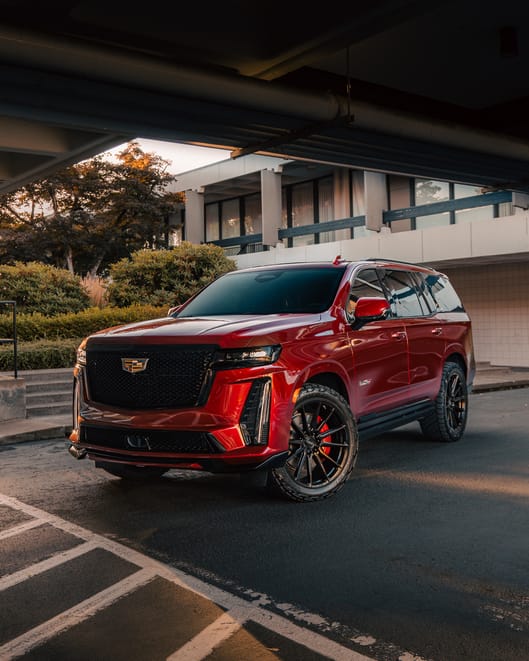Cruising in Serenity: Cars with the Quietest Interiors

The symphony of a car engine can be exhilarating, but on long journeys, or in stop-and-go traffic, road noise can become a real burden. Car manufacturers are increasingly focusing on crafting silent sanctuaries for drivers and passengers, prioritizing a peaceful and comfortable driving experience. This article delves into the world of cars with the quietest interiors, exploring the technologies employed and providing examples of some of the most serene vehicles on the road.
Understanding Noise in Cars
Road noise intruding into the cabin originates from several sources:
- Engine and powertrain: The whirring of the engine, vibrations, and the whoosh of air intake can all contribute to interior noise.
- Wind noise: As the car moves, air rushing past creates wind turbulence, particularly noticeable around windows and mirrors.
- Road noise: The type of road surface and tire tread patterns significantly impact the level of tire noise transmitted into the cabin.
Technologies for a Quieter Ride
Car manufacturers employ a multi-pronged approach to achieve a hushed interior:
- Sound Deadening Materials: Strategic placement of heavy, vibration-absorbing materials like felt, butyl rubber mats, and acoustic foams throughout the car's body dampens engine and road noise.
- Thicker Glass: Double-paned acoustic glass with a special inner layer reduces wind noise by dampening sound waves.
- Active Noise Cancellation (ANC): This technology uses microphones to detect incoming noise and generates opposing sound waves through the car's speakers, effectively canceling out unwanted sounds.
- Aerodynamic Design: Streamlined car shapes and optimized features like flush door handles and underbody panels minimize wind turbulence, reducing wind noise.
- Quieter Tires: Manufacturers are developing tires with special tread patterns and noise-canceling materials to minimize road noise.
Examples of Cars with Quiet Interiors
Several car models consistently rank high for their tranquil interiors:
- Luxury Sedans: Leading luxury brands like Mercedes-Benz S-Class, EQS, Lexus LS, Genesis G90, and Audi A8 prioritize a quiet cabin experience. They utilize a combination of the technologies mentioned above, often featuring active noise cancellation systems and high-quality sound deadening materials.
- Electric Vehicles (EVs): The inherent quietness of electric motors is a major advantage for EVs. The lack of engine noise allows for a serene driving experience, further enhanced by features like active noise cancellation in some models. Leading examples include the Tesla Model S and Lucid Air.
- Large SUVs: Full-size SUVs generally offer more space for sound deadening materials, and their higher profile often means less wind noise intrusion. The Cadillac Escalade and the Lexus LX are known for their quiet interiors.
Beyond the Big Names: Finding a Quiet Car for You
While luxury brands and high-end models often boast the quietest interiors, features promoting a peaceful ride are increasingly finding their way into mainstream cars. Here are some additional factors to consider when looking for a quiet car:
- Reviews: Car reviewers often assess noise levels in their evaluations. Look for reviews that mention a car's quietness or road noise levels.
- Consumer Reports: Consumer Reports provides noise level ratings for many car models.
- Test Drive: The best way to experience a car's noise level is to take it for a test drive. Pay attention to engine noise, road noise, and wind noise at different speeds.
Additional Tips for a Quieter Ride
Here are some ways to further reduce noise intrusion in your car:
- Maintain your tires: Worn or damaged tires can be significantly noisier. Regularly rotate and replace your tires according to the manufacturer's recommendations.
- Choose the right tires: Look for tires with noise-canceling features or consider a quieter all-season tire option.
- Play calming music: Music can mask some road noise, but avoid playing music too loud as that can be tiring.
The Future of Quiet Cars
The quest for silent sanctuaries on wheels continues. Advancements in sound deadening materials, active noise cancellation technology, and electric vehicle technology all contribute to a future of quieter cars. Additionally, with the growing popularity of autonomous vehicles, a focus on reducing noise pollution becomes even more important. Imagine a world where car journeys are not just about getting from point A to point B, but tranquil experiences that allow for relaxation, conversation, or even uninterrupted work.
In conclusion, with a growing appreciation for peace and quiet on the road, car manufacturers are putting more emphasis on crafting cars with the quietest interiors. By understanding the sources of noise and the technologies used to combat them, you can make informed choices when selecting a car that provides a serene driving
